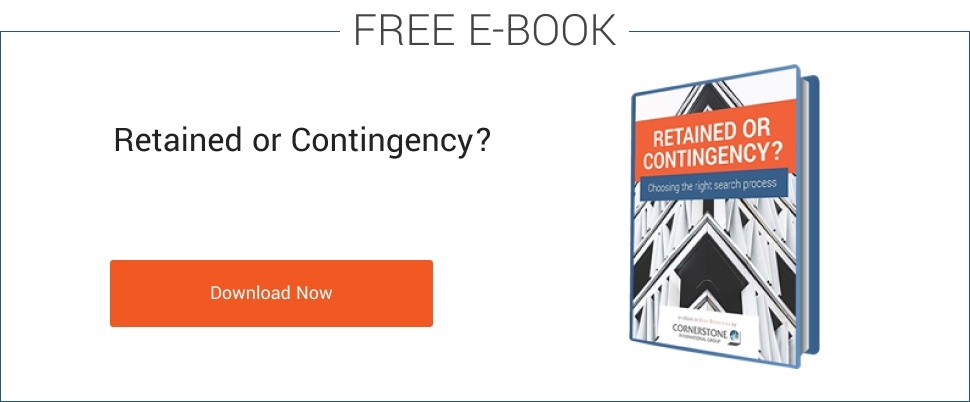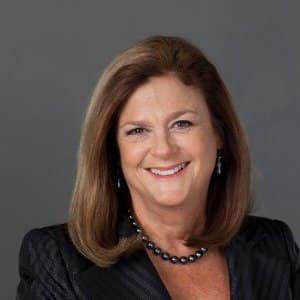Should Recruiters Worry about Gender Diversity?

Not to the people who put her there. And in most high-level searches that would include the recruiting firm.
Executive search companies, particularly those known as retained search firms, earn their fees by finding the best candidate available. Not the best man, the best person. And today they are paying more attention than ever to the search for women qualified to assume leadership positions.
Recruiting firms take gender diversity very seriously.
This is not for quotas or for show (although both occur). It is because studies have confirmed that women leaders stimulate innovation and contribute balanced decision-making.
As the relationship between gender diversity and business performance is established, glass ceilings are cracking throughout the corporate world. But the pace is slow and inconsistent.
Recruiters can provide a shortcut.
One of the troubling statistics coming out of a current study of the US workforce (by Leanin.org and McKinsey) is that the percentage of women is almost equal to that of men at entry level — 48% to 52%. By managerial levels, that has fallen to 37% — 63%.
This would seem to lay blame at the feet of the internal promotion system and many studies confirm as much. So where does the executive recruiting firm come in?
The C-level or senior manager recruiter has a unique opportunity to offset internal obstacles arising from bias or short-sighted cultural leadership. Since the firm’s mission is to find the best person already qualified for the job and determined to be a cultural fit, it shouldn’t matter if that person turns out to be female.
The importance of gender diversity is recognized by the Association of Executive Search and Leadership Consultants (AESC), the association representing the retained recruiting profession worldwide. (Retained search firms enter into a contract with companies that encourages greater diligence in search and selection compared to contingency search firms who rely on submitting a high volume of candidates.
A few weeks ago, Karen Greenbaum, CEO of the AESC, was present at a signing in Santiago, Chile, about as far as you can get from New York without crossing an ocean. She was there to participate in a gender diversity initiative driven largely by Cornerstone Santiago.
“There were nine high level recruiting firms who signed a Code of Practice in Santiago,” says Greenbaum. “It is aimed at encouraging the submission of balanced lists of competent candidates for top decision–making and influential positions.
“Providing our clients with a diverse slate of top talent is the first step to building a diverse leadership team.”
Among other specifics of the Chile Code of Good Practice One is one to provide clients with advice in developing succession plans that enable a balance of experience, competence and diversity. Another is to provide support, guidance and advice to female candidates during the application process.
NEXT
In the next post, read how Cornerstone Santiago’s Alejandra Aranda got eight top competitors in the room to sign the Diversity Code of Good Practice.








